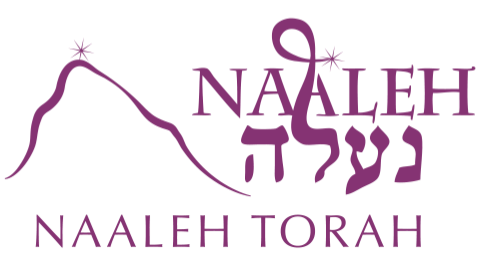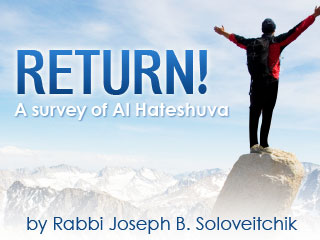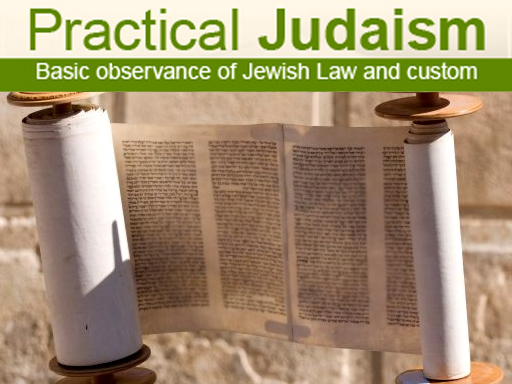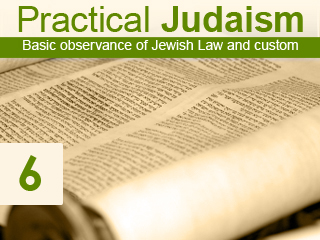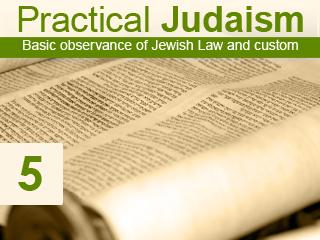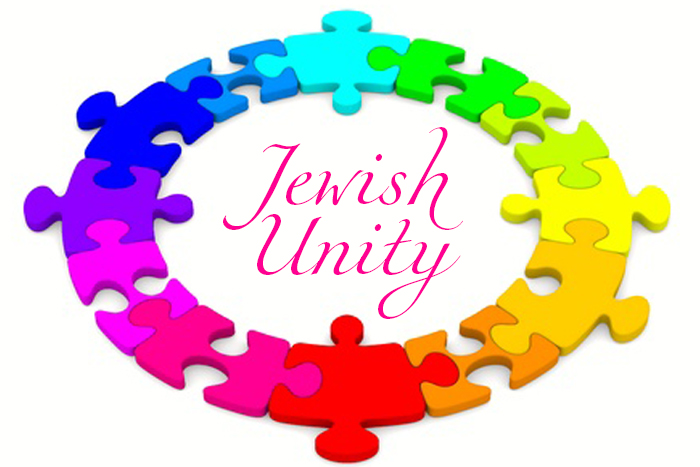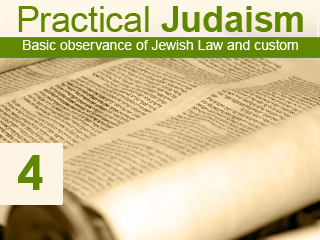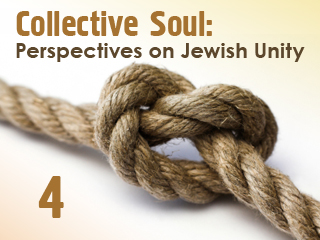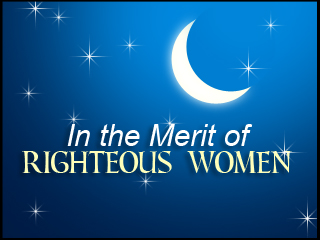Questions and Answers for Today’s Jewish Women, Part 5
Posted onThis Torah shiur (class) by Rebbetzin Tzipora Heller deals with the challenges and conflicts that exist in today’s society. As in the previous classes in this series, Rebbetzin Heller continues to answer real questions that have been sent to her by Naaleh students across the world. This class answers questions relating to mothering young children, balancing obligations to a husband’s Torah learning, dealing with the struggle of superficiality and materialism, Kavana during prayer, and developing empathy to fellow Jews.
